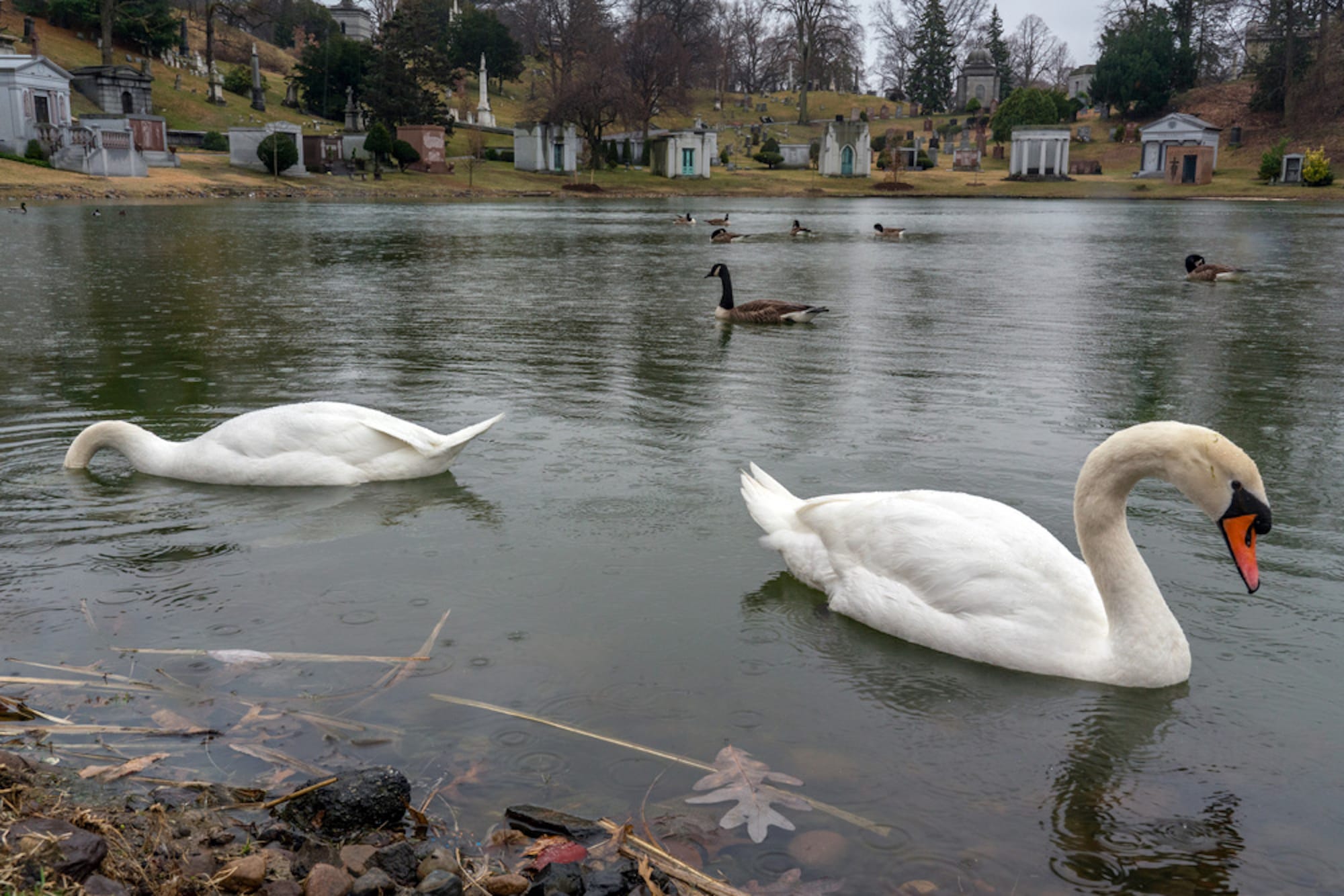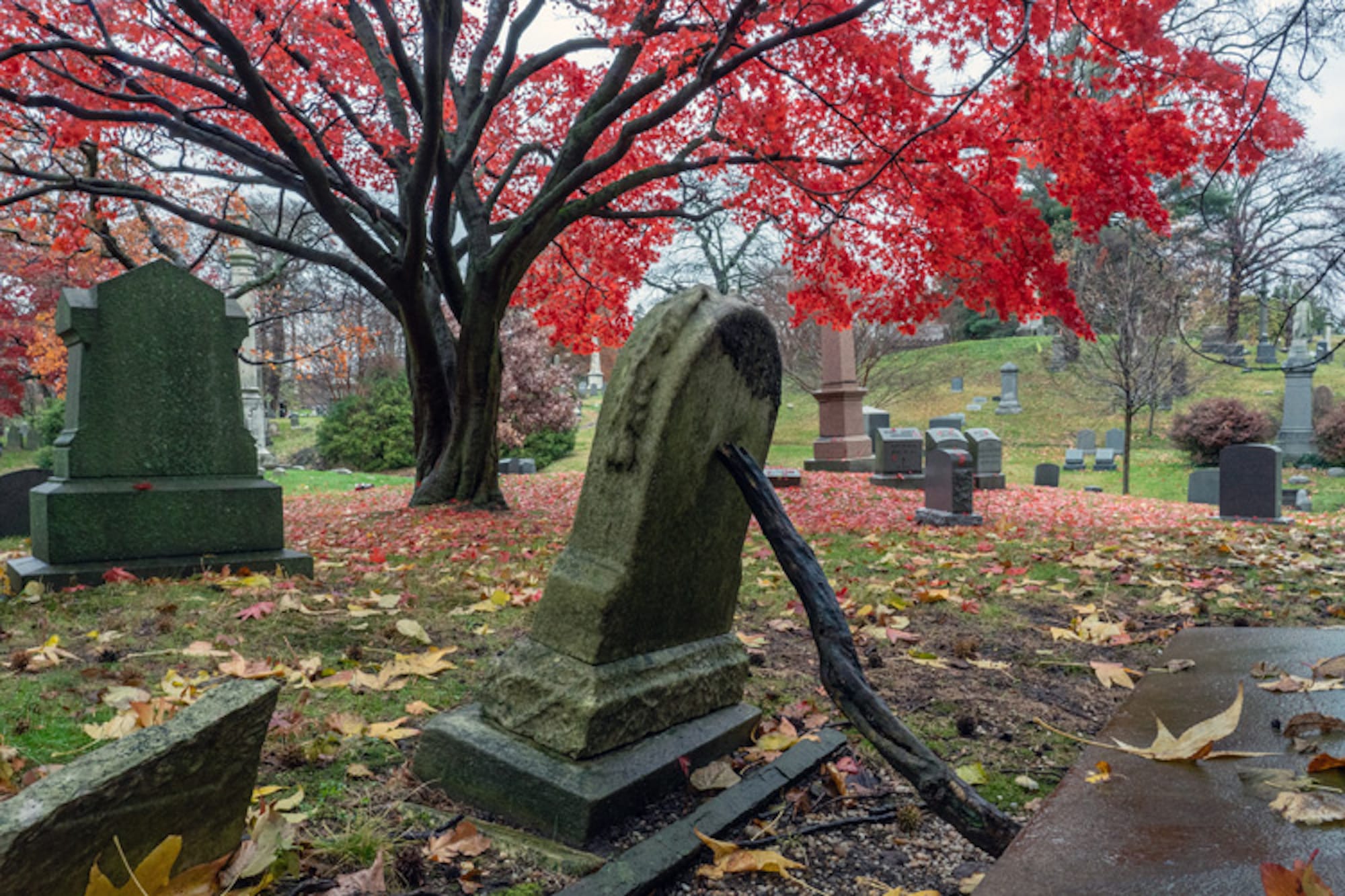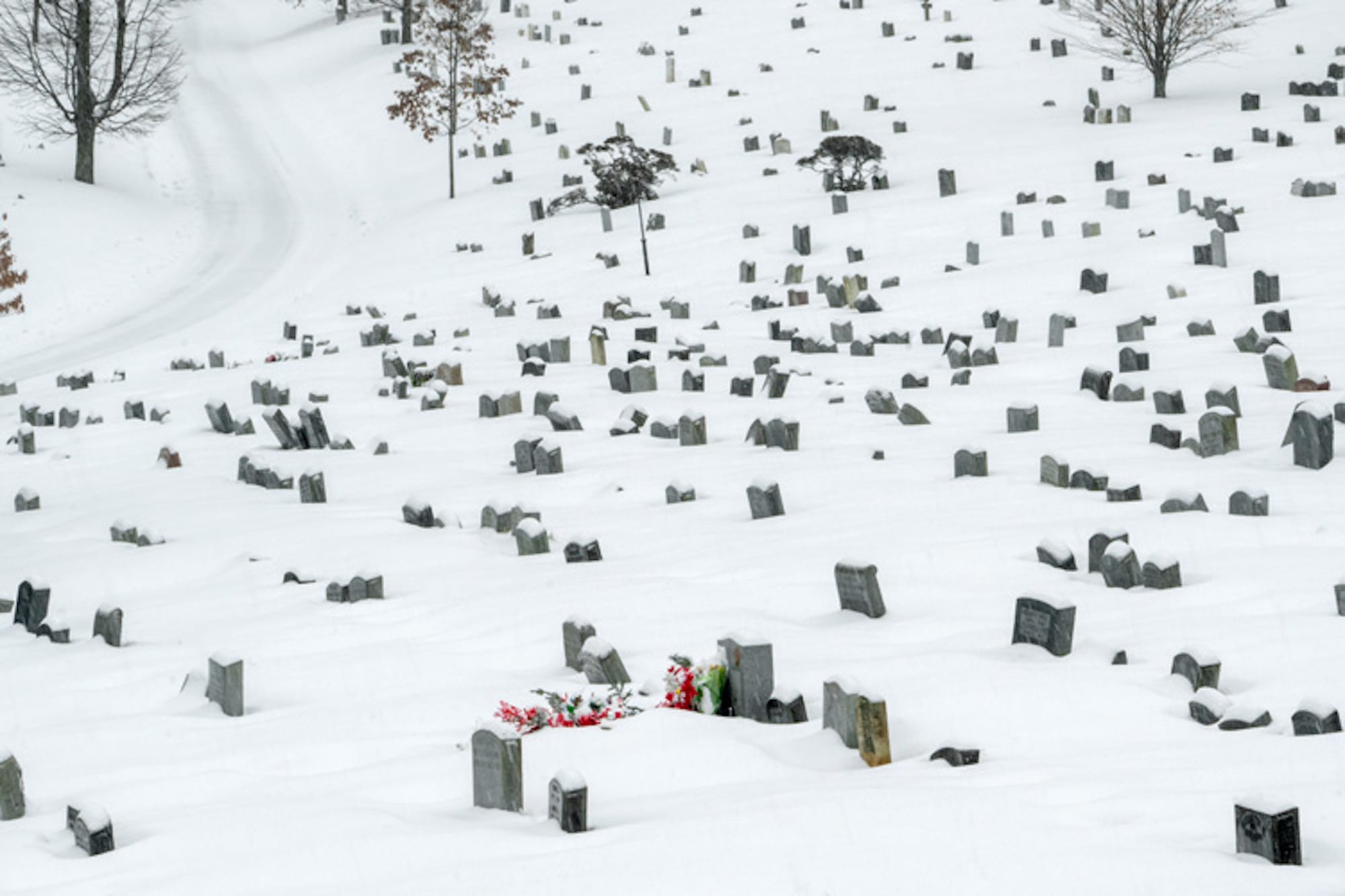Grief and Healing at Brooklyn’s Green-Wood Cemetery
Eugene Richards’s sensitive photographs in Remembrance Garden are rooted in over 100 visits he took to the grounds after enduring COVID in 2020.
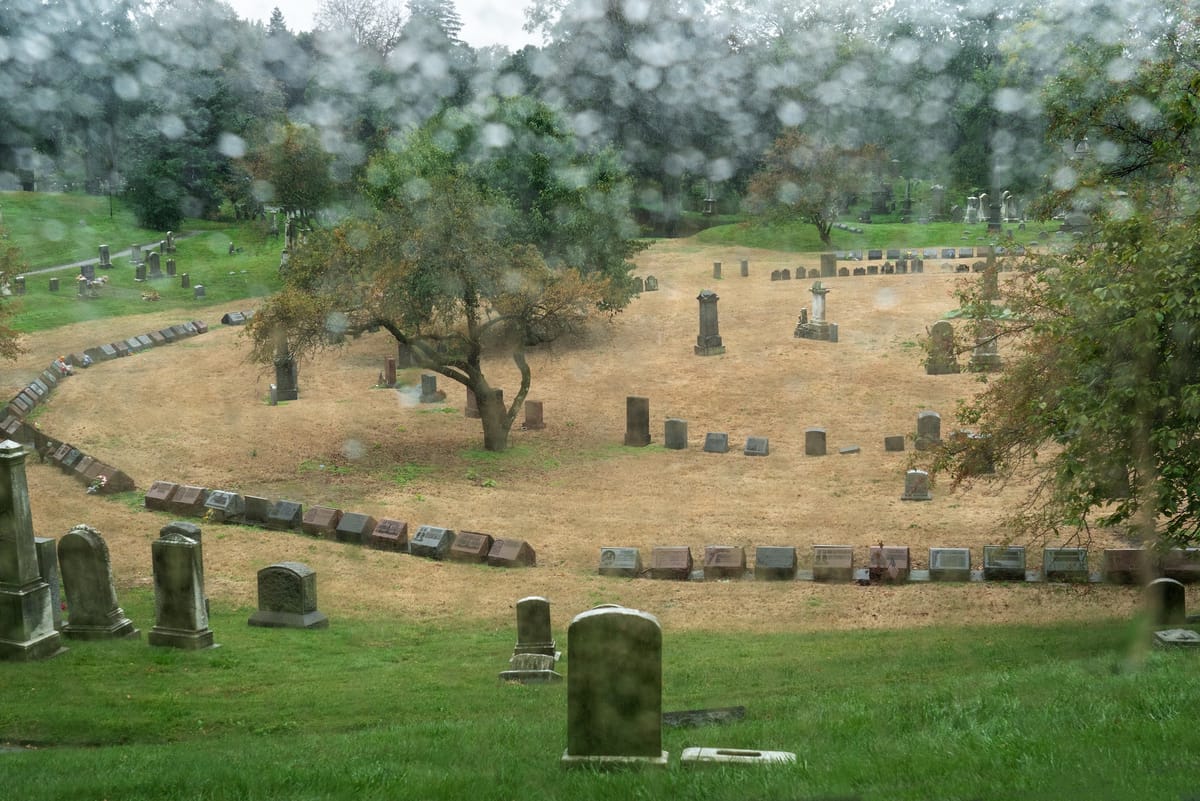
I never anticipated that my favorite New York City park would be a cemetery. Yet since I moved to Brooklyn over two years ago, I’ve become convinced that Green-Wood Cemetery’s sprawling burial grounds are one of the borough’s greatest treasures.
Established in 1838, the 478-acre necropolis is the final resting place for more than half a million people, including thousands of military servicemembers and civilians who died in the Civil War, infamous New York City characters like William Magear "Boss" Tweed, and artists such as Neo-expressionist painter Jean-Michel Basquiat and 19th-century composer Louis Moreau Gottschalk. It is also an arboretum abundant with native flora and fauna (save for a growing clan of South American monk parakeets) as well as an expansive outdoor repository filled with thousands of 19th- and 20th-century statuary and mausoleums.
The cemetery's permanent residents and labyrinthine landscape are the focal point of documentarian Eugene Richards's latest book, Remembrance Garden: A Portrait of Green-Wood Cemetery (Distributed Art Publishers, 2024), in which the Brooklyn-based documentarian chronicles more than 100 trips he took to the grounds after enduring a severe case of COVID-19 in 2020.
"Hands shaking, temperature 103. The days were not much different than the nights, then the fever lifted," Richards begins Remembrance Garden. "I was still having difficulty breathing, but needed to move, get out of the house, go to where there'd be more than a glimpse of the sky."
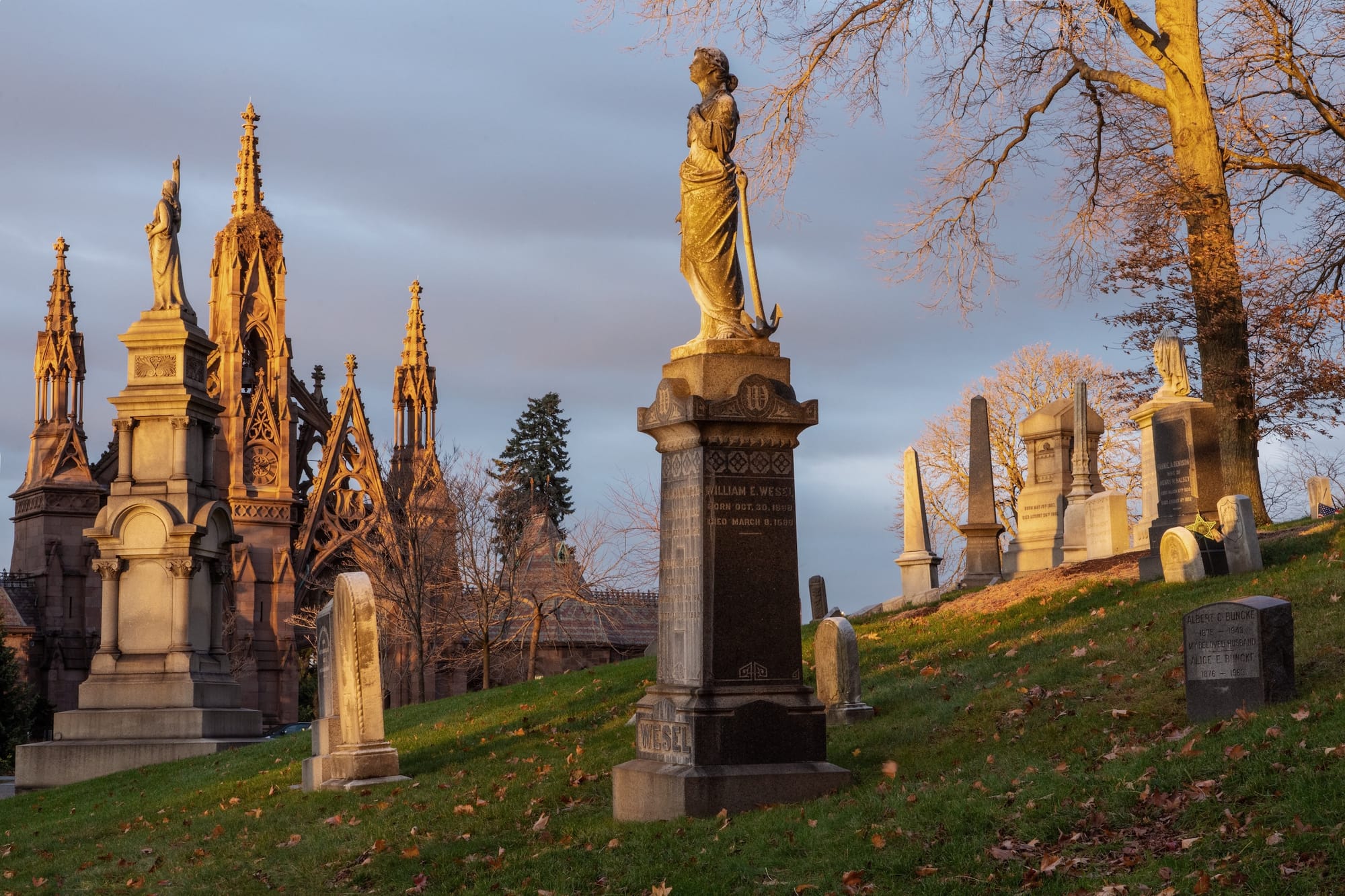
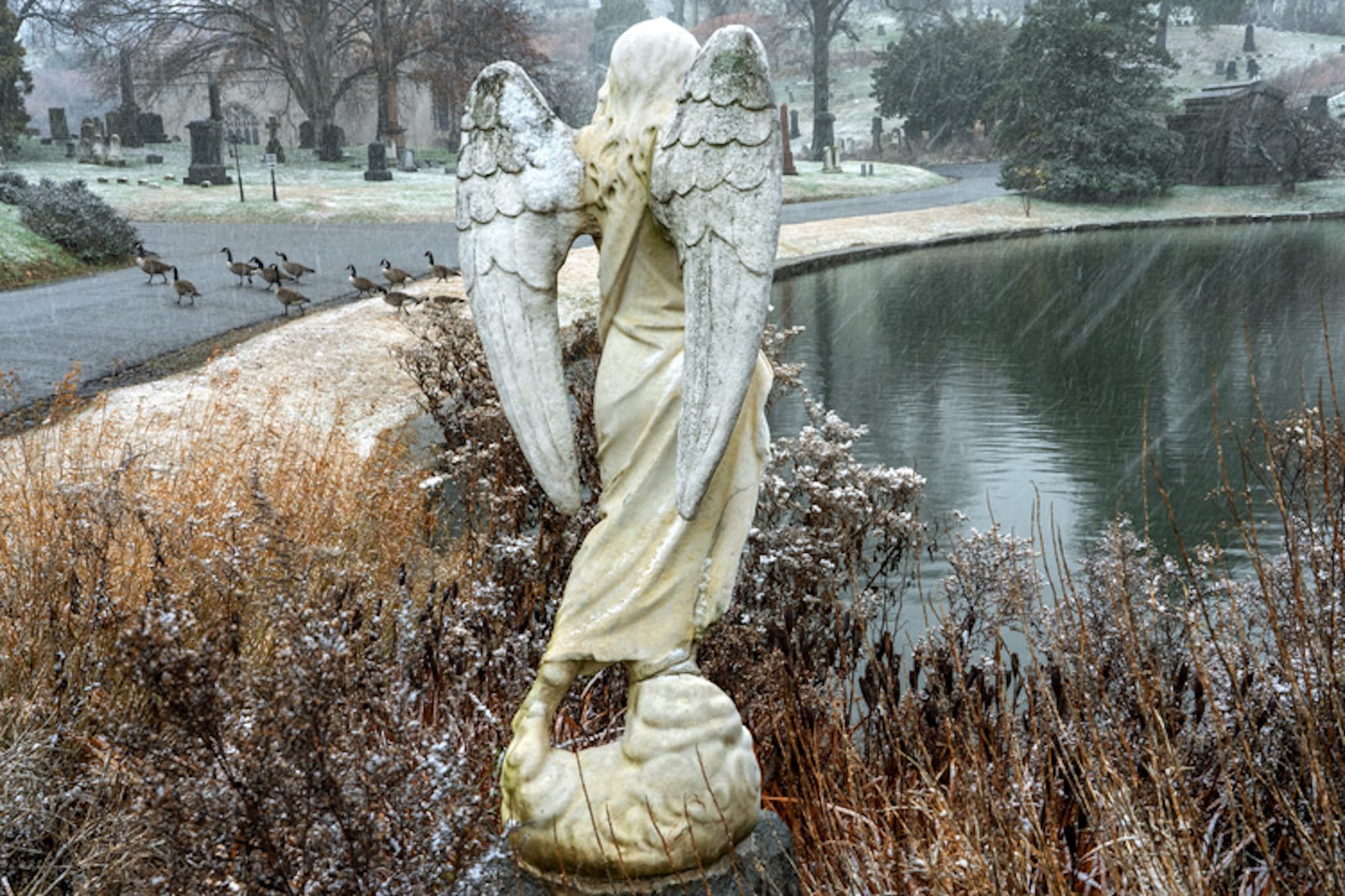
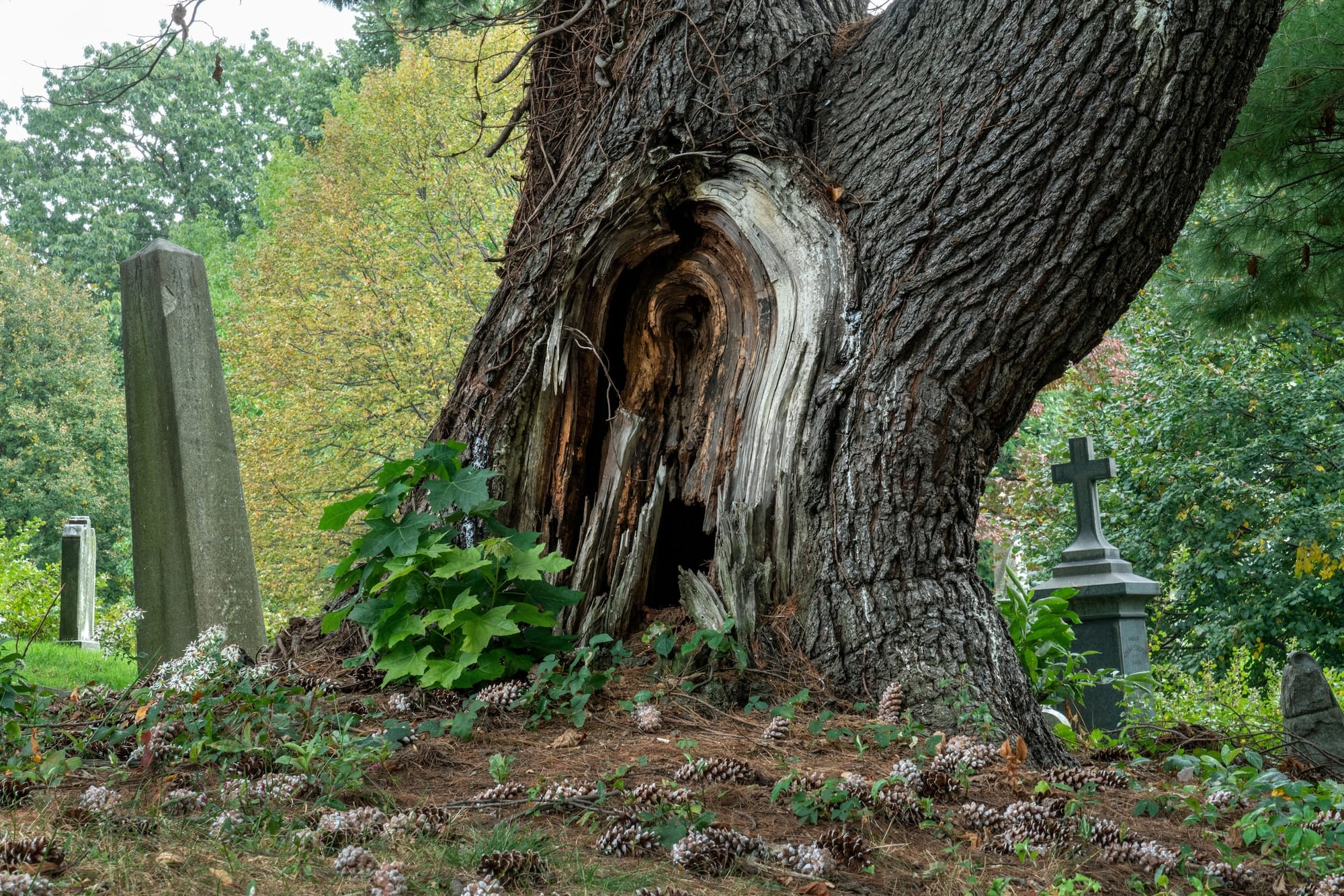
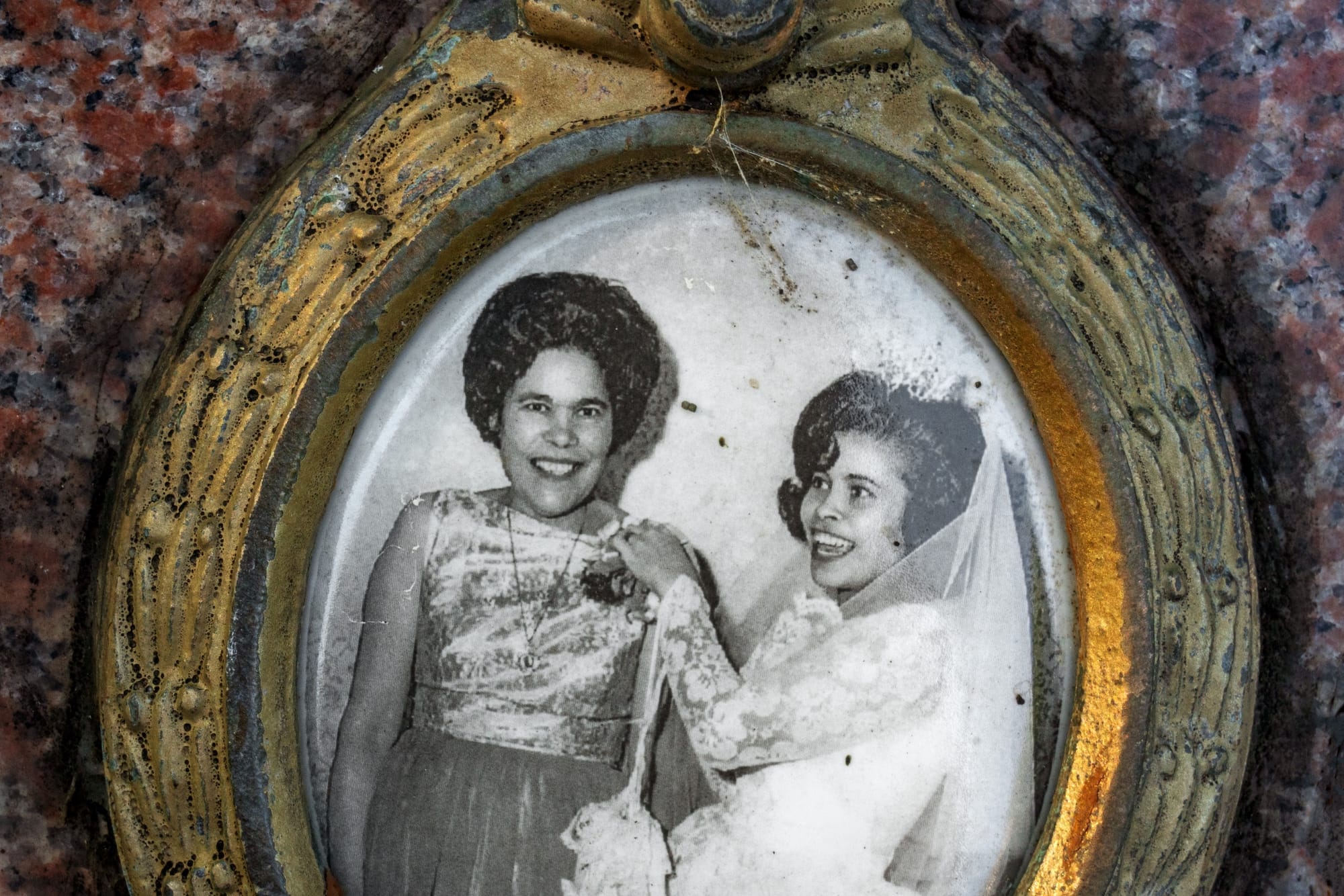
Using intimate photography interspersed with grave marker name and date inscriptions alongside his own personal reflections on familial death and grief, Richards explores the cemetery’s function as a convening point for both the dead and the living.
Taken across all four seasons over the course of three years, his images capture worn headstones askew in grassy fields, lichen-covered memorials and mossy mausoleums, dilapidated cobblestone footpaths flecked with broken sticks and dandelions, and close-ups of memorial portraits dappled with raindrops and dirt from prolonged exposure to the elements.
On one page, the corner of a grave marker protrudes from the base of a tree trunk; on another, minuscule spiders and insects silently crawl across the eroded face and limbs of a marble statuary.
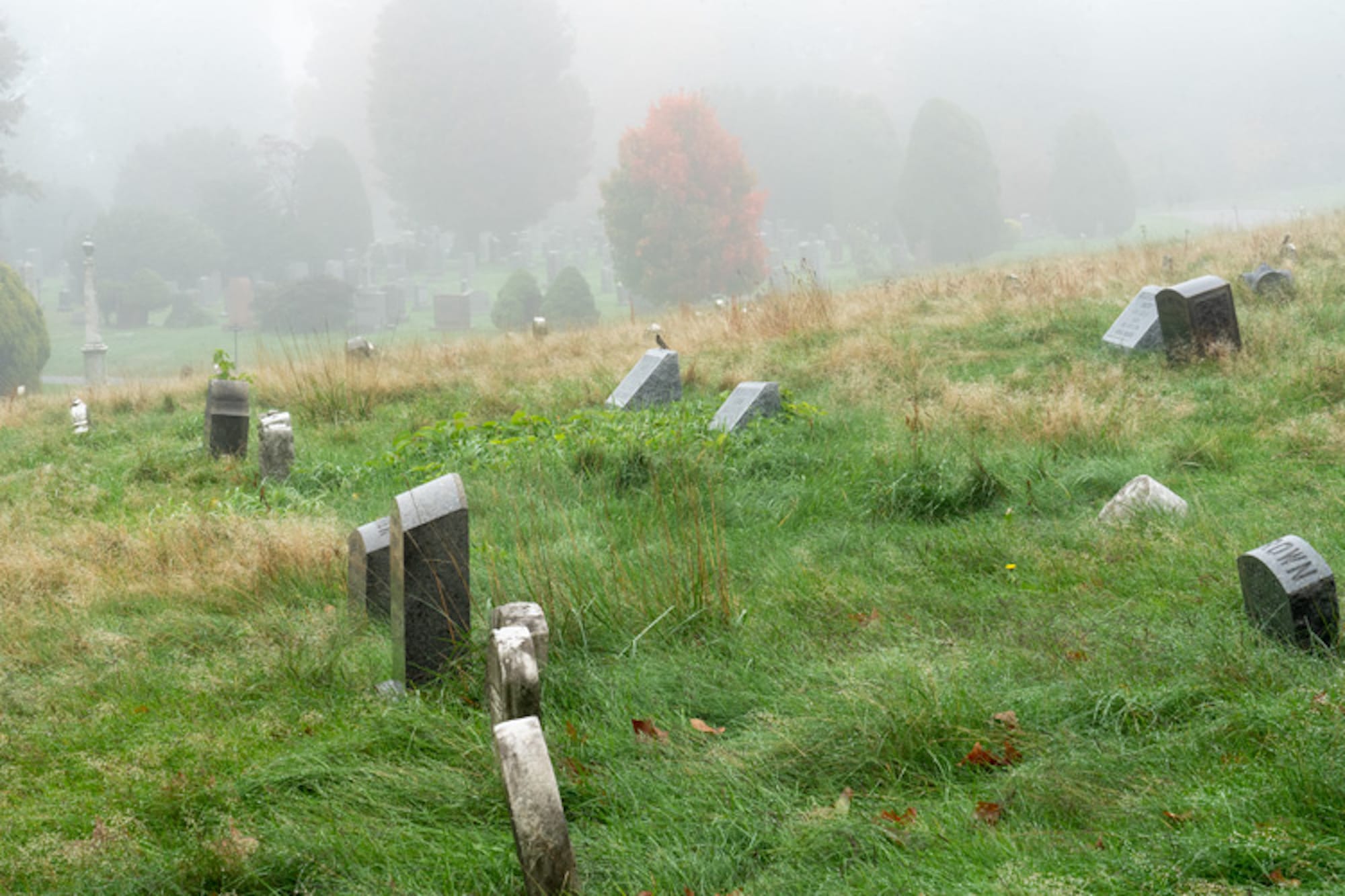
In between these photographs, Richards interlaces one-line vignettes rooted in his memories of his own mother's passing, recalling deeply personal details such as sorting through her belongings and reading through her cancer diary in the wake of her death.

"I'd feel her under the covers beside me, hear her talking in the next room, started seeing her everywhere," Richards writes. "If a woman walking towards me on the street looked anything like her, I'd stand there and watch her pass."
Through the artist's sensitive lens and meditations in Remembrance Garden, Green-Wood Cemetery becomes not just a communal space for death and grief, but also an eternal sanctuary for life and healing.
